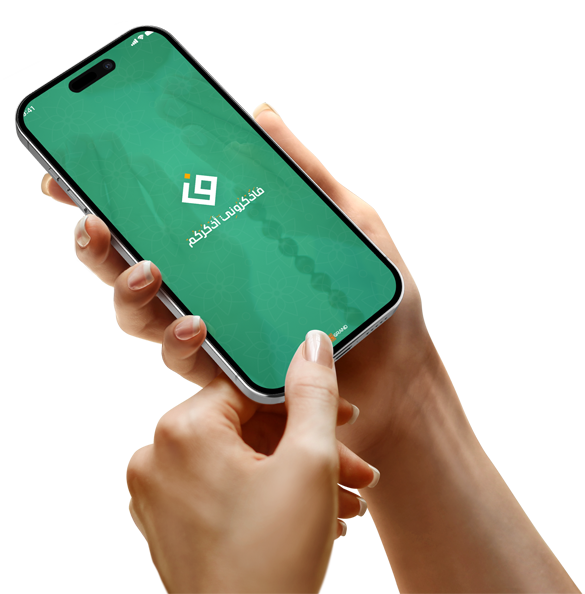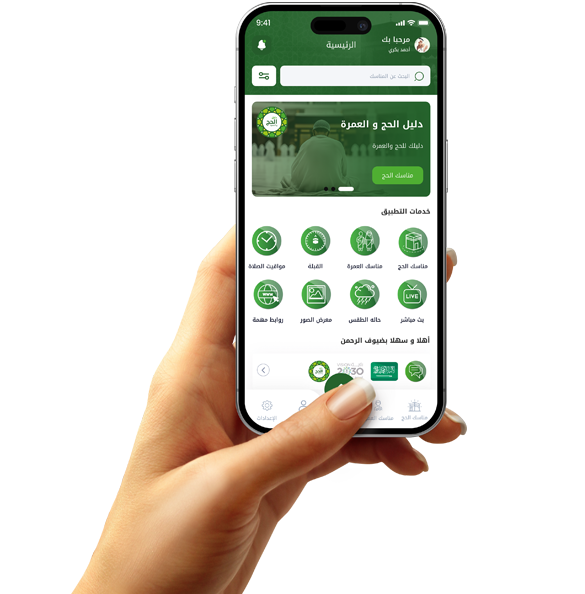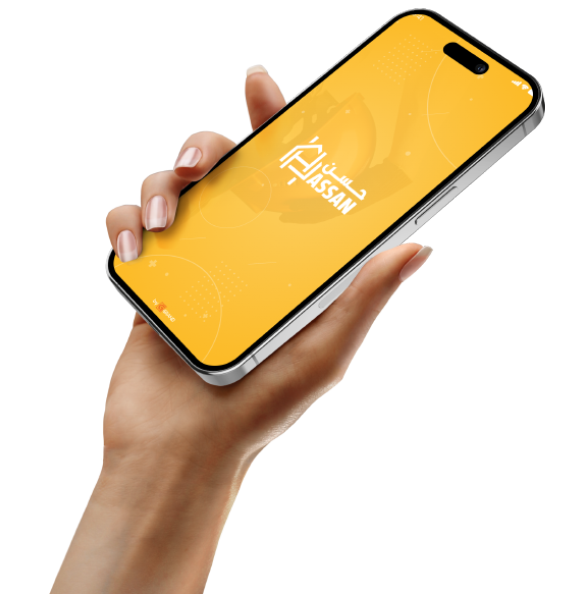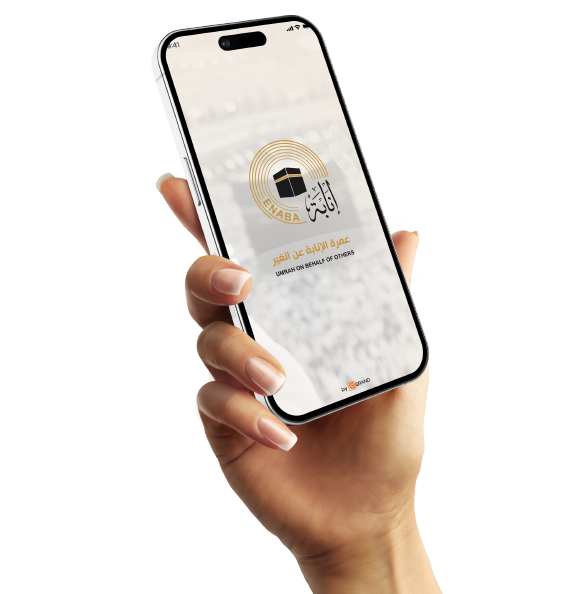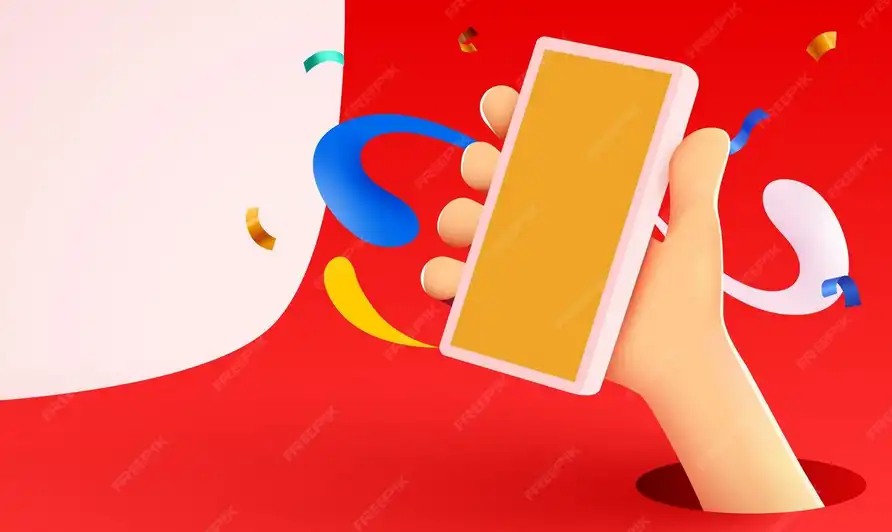In-app responses make or break a relationship in seconds.

Smart Reply: The Beginning of In-App Loyalty
A response doesn't have to be long to be effective, but it does have to be smart. Smart doesn't mean complicated; it means choosing the right words that show the user that they're important. A simple "Thank you for contacting us" makes them feel appreciated, while a phrase like "Try again later" might make them close the app forever.
In modern apps, the goal of responses is no longer just to solve the problem, but to gain an impression. An app that responds smartly tells the user that it understands, is quick, and cares. This keeps the user coming back, not because they haven't encountered problems, but because they feel that someone is taking them seriously.
A smart response also opens the door to conversation. It's not the end of the interaction, but rather the beginning. When the user feels that the app isn't putting obstacles in their way, but rather helping them with direct and friendly language, a relationship of trust is automatically created.

In-app responses are a reflection of your true professionalism.
It's easy to impress a user with an elegant design and a smooth interface, but what will stick in their mind is how the app handles them when needed. The moment they submit a question or encounter a problem, judgment shifts from form to substance, and here, responses become the primary measure of an app's professionalism.
Users aren't asking for miracles; they want a clear, honest response that makes them feel like the app has a team that cares about them. Negligent responses, or ones that are repetitive and don't respect the privacy of the situation, undermine the app's credibility, no matter how distinguished its services are.
A professional response doesn't just mean using polite language; it also includes offering solutions, clarifying, following up, and being sensitive to the user's feelings. Even if there isn't an immediate solution, simply acknowledging the problem and pledging to improve it makes a huge difference in how the user perceives it.
Don't forget that competition is fierce, and many apps offer similar services. What distinguishes one app from another is its communication style and the extent of its professionalism in responding to users' needs, especially during times of stress.

How do in-app responses create a bridge between you and your user?
An app is more than just software that offers a service or product; it is a daily point of contact between you and your customers. In-app responses act as a bridge that connects the user to the experience you want to provide. If this bridge is strong and solid, the relationship will endure and thrive. If it's weak and frayed, it will quickly collapse.
Creating a response bridge requires attention to the timing of the response, the tone of the voice, and the appropriateness of the content. It's not just important to respond, but to respond in a way that reassures the user and makes them feel that their problem is a priority for you. Therefore, the speed of the response is just as important as the quality of the response.
You can also use responses to guide the user step by step, which reduces frustration and makes them feel like they're not alone in facing the problem. These feelings build trust and increase the user's desire to stay in the app.

In-app responses: The key to converting a visitor into a repeat customer
When a user opens your app for the first time, they're in a discovery and experimentation phase. The responses they receive during this phase can determine the fate of their relationship with your app. Quick and friendly responses make them feel welcome and more likely to use the app, while slow or superficial responses may push them to look for alternatives.
The user experience depends largely on how you handle their inquiries and problems. Each response is an opportunity to demonstrate your care and professionalism, and it also reflects your company's culture and values. When a user feels listened to and offered solutions, it's easier for them to trust the app.
Don't settle for traditional responses; make them personal and flexible. Use their name, show empathy, and offer personalized solutions. This type of response transforms a user from a mere visitor to a repeat customer and increases the likelihood that they'll recommend the app to their friends.
In-app responses don't just provide information; they convey a sense of security and comfort. This is what makes them a true key to building a strong and sustainable customer base.





